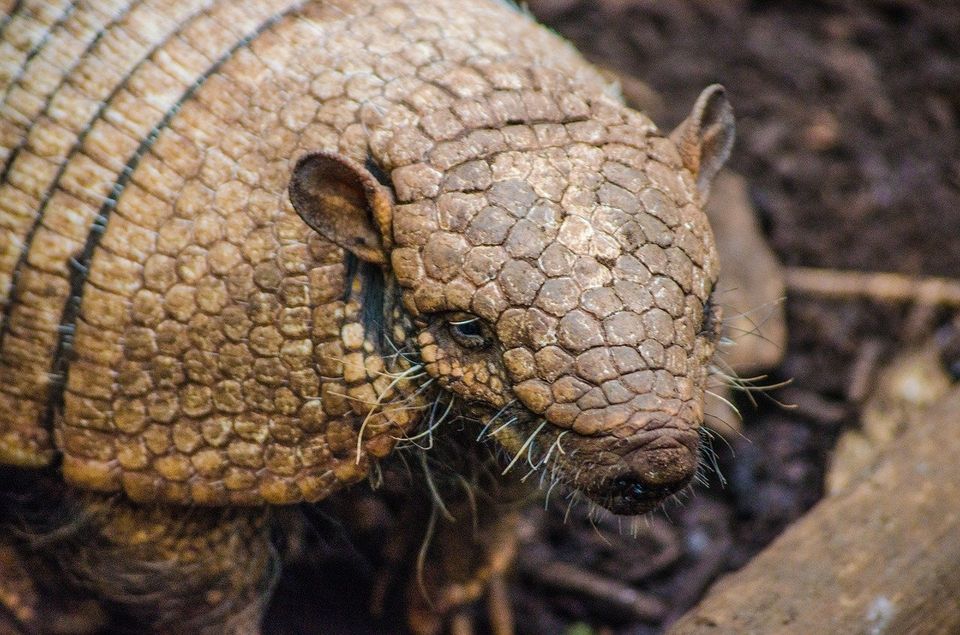Armadillos - What They Are and How to Get Rid of Them
This is a subtitle for your new post
These funny little animals are easy to recognize, looking like an armored tank as they trot around (or possibly a cannon ball if they've rolled themselves up). Though not seldom seen in most of North America, some areas have them as a common sight and also a common pest in the yard.
More on Armadillos
They're not a concern for many parts of the country, as they live in the warmer climates of Alabama, Texas and even North Carolina. Native to South America, they are slowly but surely moving northwards due to a lack of predators and the warming of climate change.
Though they look like they carry a hard segmented shell, their armor is actually flexible and leathery. Even so, it's a great natural defense against predators like coyotes, bears, cougars and foxes.
Armadillos are nocturnal, and you may not see them too often unless you are outside at night or at dusk. You will notice the holes in your grass or planting beds the next day, as they spend their time digging for grubs, worms or insects. They're insectivores and won't be snacking on your actual plants, just uprooting them.
Armadillos are very scent-oriented and can be repelled with any type of strong-smelling products. Essential oils like lemon, cedar, or clove can work or you can get a bit more serious with a repellent that mimics the smell of a coyote to scare off the armadillos. A proper weather-resistant product is the best idea, or you will have to go around respraying your property after it rains.
Traps are next to useless unless you are able to get them placed exactly where an armadillo will be walking through, like the entrance to a burrow. Trying to bait a trap with live worms or grubs isn't easy, and seldom works anyway.
These are burrowing animals and are unlikely to be nesting in a shed or garage like a raccoon might do. If you can't find such a hole on your property, then they are traveling at night to visit your yard. That means you can eliminate the problem by putting up a fence, which is discussed below.
Keeping Armadillos Out
And like with most other pests around the yard, the best approach can be to keep them out in the first place.
One way to keep armadillos out of your yard is to remove any sources of easy food. Are there any large ant colonies or termite nests on your property? Granted, you probably wouldn't want to have these in your yard anyway, but this is the sort of insect buffet that will draw in armadillos.
Armadillos can also be kept out with a fence, even one as low as 2 or 3 feet (these little animals aren't much for climbing or leaping). A wooden fence will work as long as the boards are sturdy and kept close together. Chain-link will also do the job though would probably be more secure than really necessary. Whatever kind of fence you choose, the bottom of it needs to be at least a foot underground to keep them from digging their way underneath.
Compared to other critters that can cause damage to your yard or gardens, armadillos aren't as bad as most. They aren't vicious and don't chew on either plants or wood. The only problem is when they dig in your beds, or pull up the sod. Old ideas that they carry disease are not true, so that isn't going to be a danger if you happen to have them around.
Critter Repellent All Natural Animal Repellent Blog














